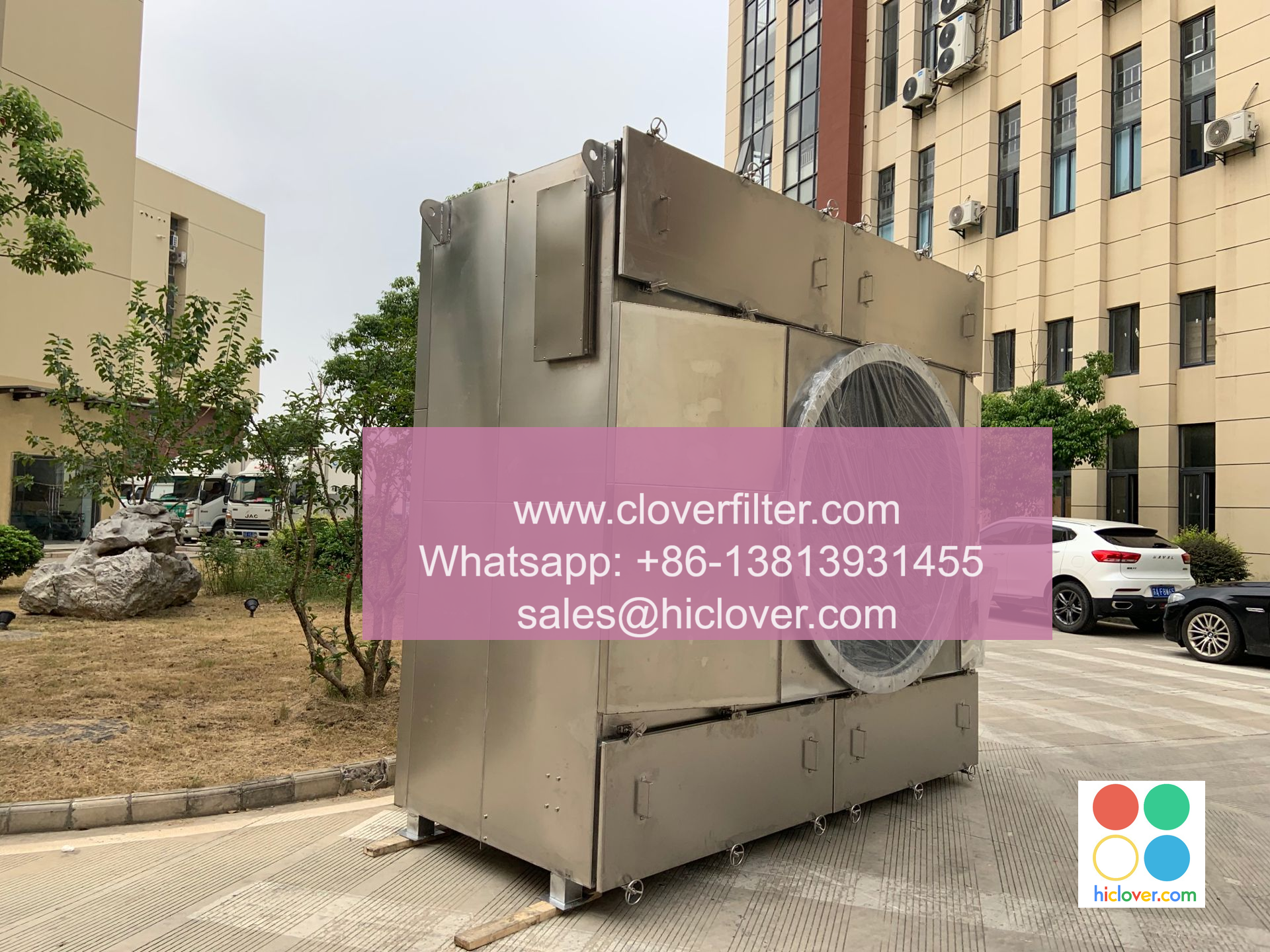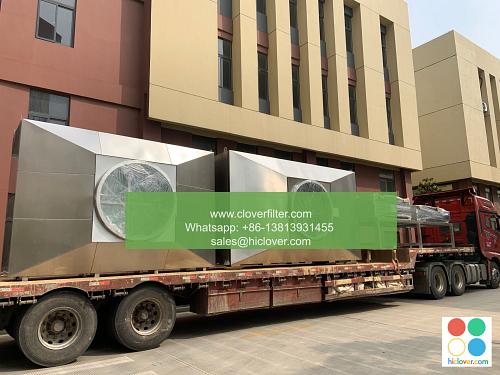McMaster University’s Experience with Automatic Roll Air Filters: Lessons Learned

McMaster University, a renowned institution in Canada, has been at the forefront of adopting innovative solutions to improve indoor air quality. One such innovation is the implementation of Automatic Roll Air Filters (ARAF) in their facilities. This article will delve into the university’s experience with ARAF, highlighting the lessons learned, and exploring various application areas where this technology has been successfully integrated.
Background and Motivation
The university’s decision to install ARAF was driven by the need to enhance indoor air quality, reduce maintenance costs, and minimize the environmental impact of traditional filtration systems. ARAF offers a self-cleaning, roll-based filtration system that captures airborne particles, including particulate matter (PM), volatile organic compounds (VOCs), and microorganisms. This technology has been gaining traction in various industries, including healthcare, pharmaceuticals, and educational institutions, due to its ability to provide high-efficiency air filtration and energy efficiency.
Implementation and Integration
McMaster University’s facilities management team collaborated with the ARAF manufacturer to design and install the system in various buildings across the campus. The implementation process involved site assessments, filter selection, and system integration with existing heating, ventilation, and air conditioning (HVAC) systems. The team also developed a training program to educate maintenance staff on the operation, maintenance, and troubleshooting of the ARAF system.
Lessons Learned and Benefits
The university’s experience with ARAF has yielded several valuable lessons and benefits, including:
* Improved indoor air quality: ARAF has been effective in reducing PM2.5 and PM10 levels, creating a healthier environment for students, faculty, and staff.
* Reduced maintenance costs: The self-cleaning feature of ARAF has minimized the need for frequent filter replacements, resulting in significant cost savings.
* Energy efficiency: The system’s ability to maintain a consistent airflow rate while minimizing pressure drop has led to energy reductions and a lower carbon footprint.
* Enhanced operational efficiency: ARAF’s automated features have streamlined maintenance operations, allowing staff to focus on other critical tasks.
Application Areas and Future Directions
The success of ARAF at McMaster University has highlighted its potential for application in various areas, including:
* Classrooms and lecture halls: ARAF can provide a healthy learning environment, free from airborne pollutants and distractions.
* Research laboratories: The system’s ability to capture hazardous particles and chemical fumes makes it an ideal solution for research facilities.
* Healthcare facilities: ARAF can help reduce the risk of hospital-acquired infections and create a cleaner environment for patients and healthcare workers.
* Commercial and industrial settings: The technology’s benefits, including energy efficiency and reduced maintenance costs, make it an attractive solution for businesses and industries seeking to improve indoor air quality.
Conclusion
McMaster University’s experience with Automatic Roll Air Filters has demonstrated the effectiveness of this technology in improving indoor air quality, reducing maintenance costs, and minimizing environmental impact. As the demand for clean air and sustainable solutions continues to grow, the application of ARAF is likely to expand into various industries and settings, providing a healthier and more efficient environment for individuals and communities.

